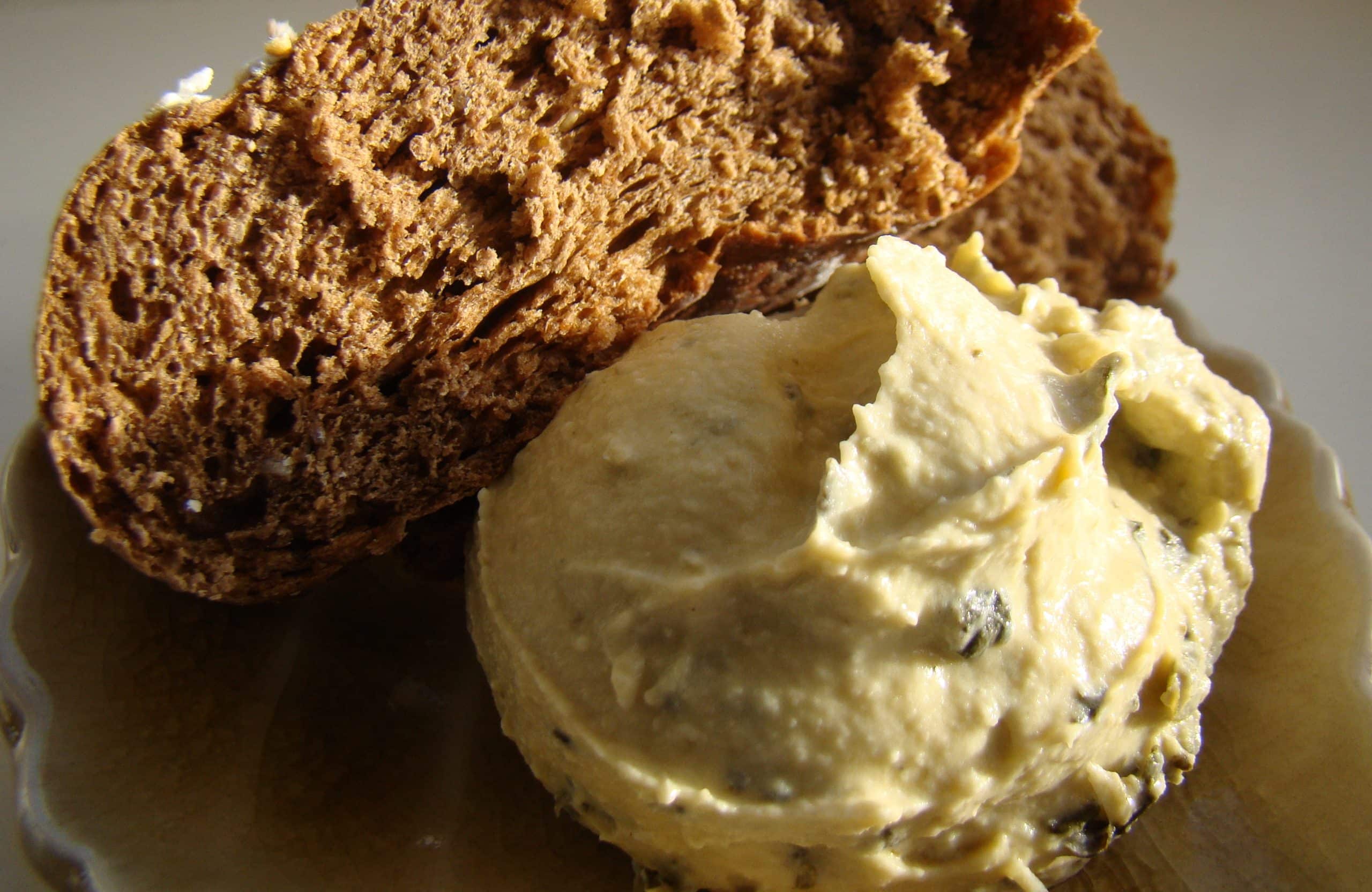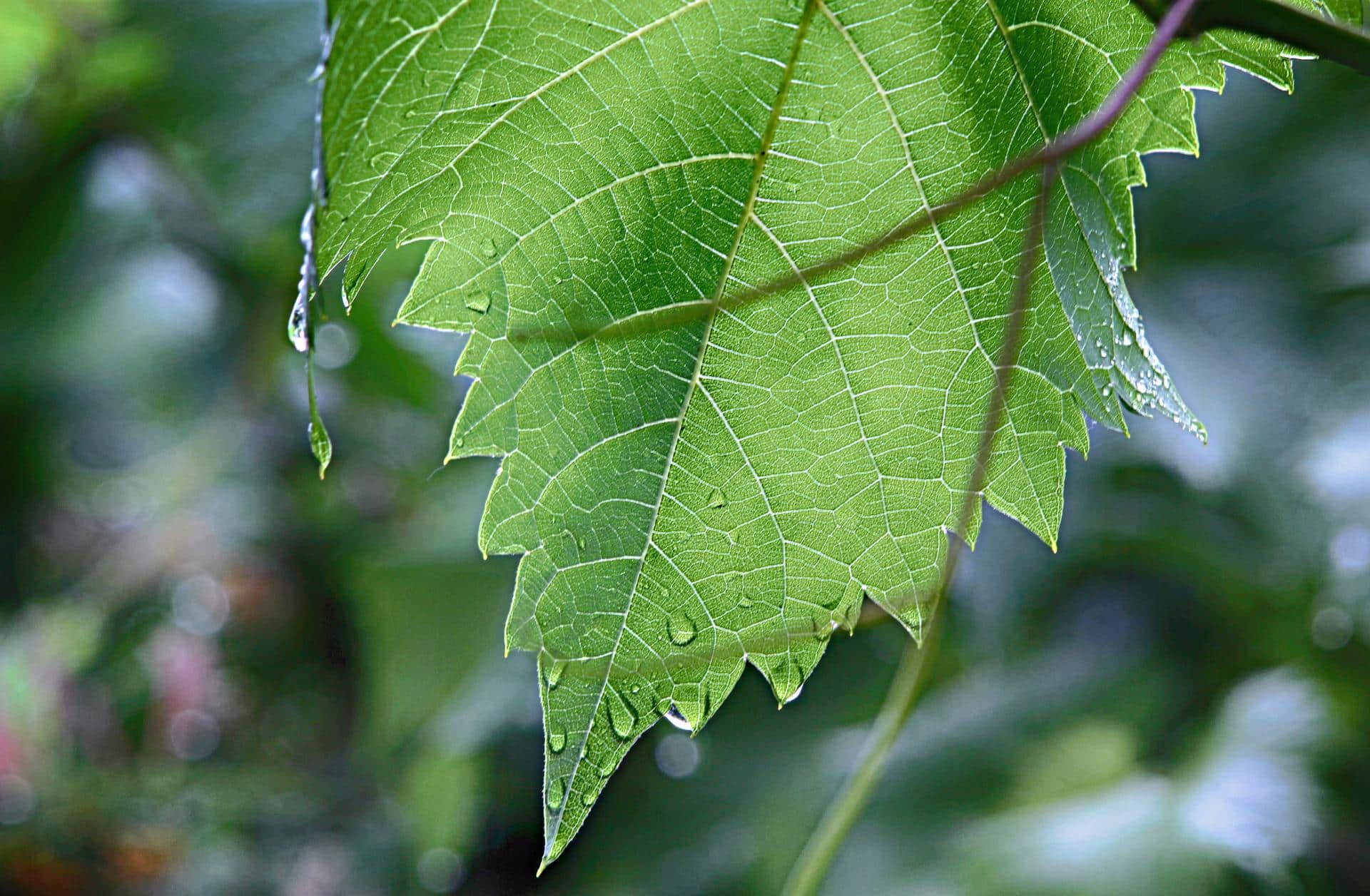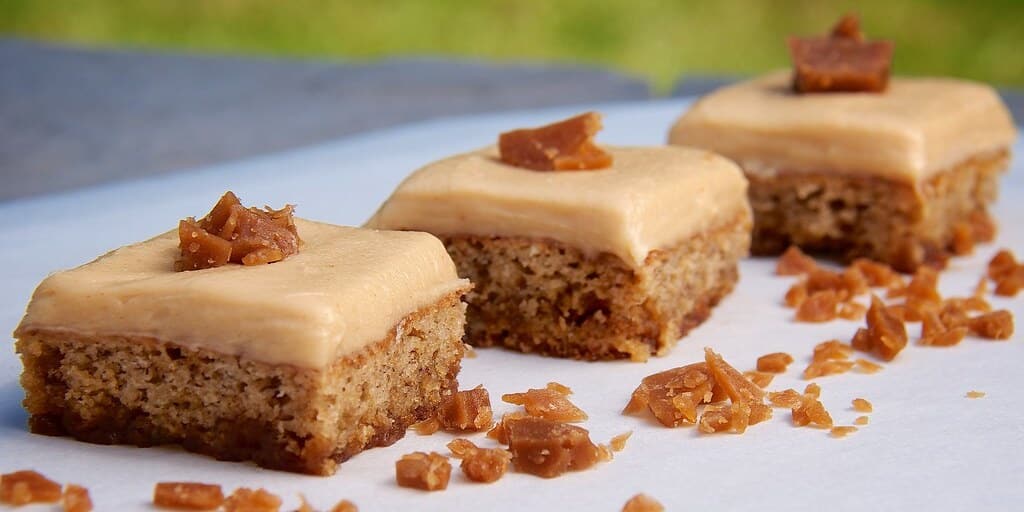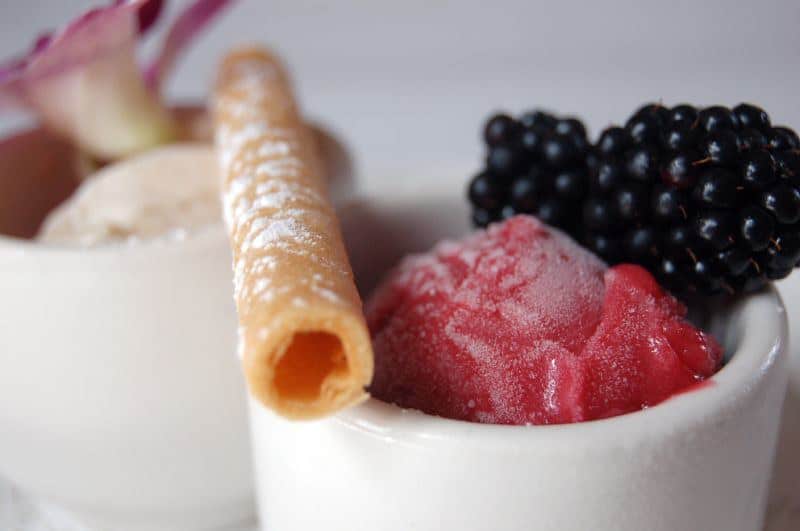- Air Fryer Frozen Fish Fillets No Breading - July 22, 2024
- Slow Cooker Potatoes Recipe - July 22, 2024
- El Torito Corn Cake Recipe - July 22, 2024
Origins of coffee
The earliest mentions of coffee pop up in old Arab records from about a thousand years ago.
The coffee plant is a native species to the geographically isolated Yemeni region on the south side of the peninsula.
The plant, and its invigorating properties were popular among the Sufi communities in and around Mocha.
What about different kinds of coffee today?
Today, coffee has become a staple drink in many parts of the world.
Since water, soil (acidity etc.) and presense of other kinds of vegetation all affect the flavor of coffee, you can go on a very long and delicious journey finding your favorite blends based on where they originated.
Here’s a list of countries with characteristics of coffees for you.
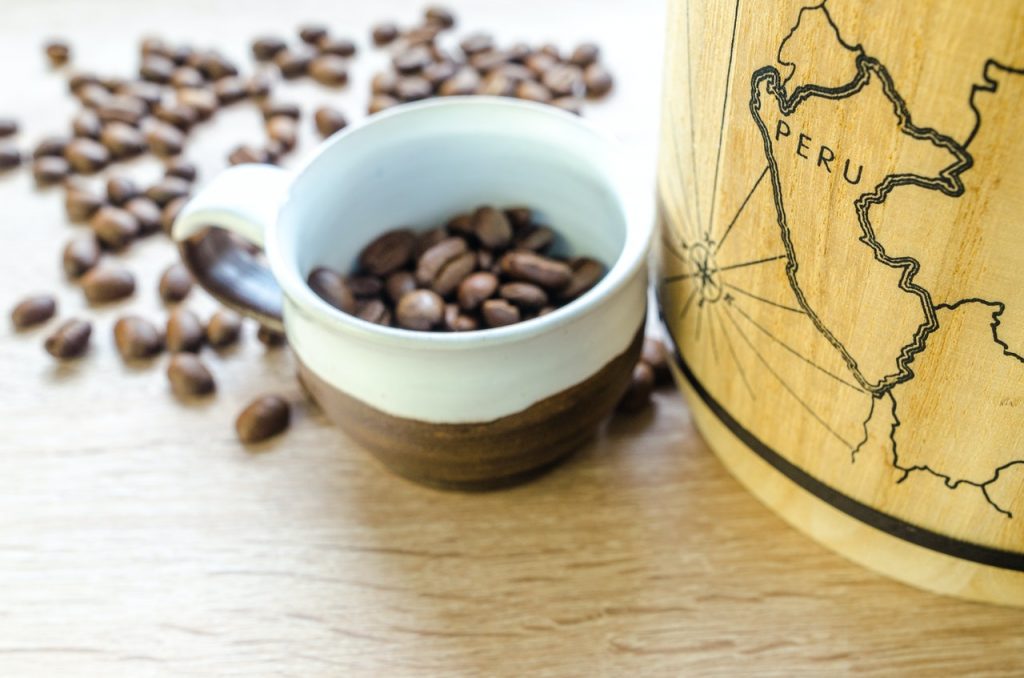
Africa
- Yemen: medium to full bodied, fruit and wine notes.
- Kenya: very fruity, medium bodied.
- Zimbabwe: high acidity, fruity, wine-y.
- Ethiopia: specifically Yirgacheffe, extremely floral, mid to light bodied.
- Tanzania: wine-like acidity, low acidity, medium body.
- Uganda: fruity, medium body.
Central America
- Guatemala: complex, acidic, floral, fruit, mid to full body
- Nicaragua: full bodied, low acidity
- Honduras: full bodied, sweet
- Mexico: mild body, light acidity.
- El Salvador: medium body, lightly acidic.
- Costa Rica: full bodied, bright, very balanced.
- Panama: medium bodied, mildly floral, sweet.
South America
- Colombia: mid to full bodied, balanced, high acidity.
- Venezuela: mild, sweet.
- Ecuador: mild, slightly floral.
- Bolivia: balanced, sweet.
- Peru: medium body, slight acidity and sweetness.
- Brazil: lots of variance from region to region.
Caribbean and Central American Islands
- Jamaica: home of blue island coffee, medium bodied, mild flavor, rich acidity.
- Haiti: sweet, medium bodied, slight fermented notes.
- Dominican Republic: balanced, soft, rich acidity.
- Puerto Rico: full bodied, balanced, rich acidity.
Asia and Various Islands
- Sumatra: home of the famous mandheling coffee, very full bodied, slight fruit tones.
- Sulawesi: very full bodied, earthy.
- Java: medium bodied, lightly acidic, floral, fruity.
- Papua New Guinea: citrus, balanced, heavy body, floral.
- India: sweet, medium bodied, floral.
- Indonesia: very earthy, fermenty, tree-like.
- Hawaii: mid acidity, mid bodied, balanced.

Keep in mind the other variables
That’s it on the origins.
I find that these characteristics are generally descriptive, but keep in mind that the final beans’ taste will vary a lot based on the roaster, roast level, growing season and other things.
… but not too much
Of course, none of this is indicative of “better” or “worse” coffee. Just find one that you like best.
Another food made from really great coffee that you can enjoy
It’s made with real coffee, so you’ll get that delicious caffeine boost while indulging in a sweet treat.
Coffee ice cream is the perfect way to start your day.
It is rich, creamy, and full of flavor.
This recipe is easy to make and can be made ahead of time.
The coffee ice cream will keep in the freezer for up to two weeks.
Hope this is helpful!
Love,
G.
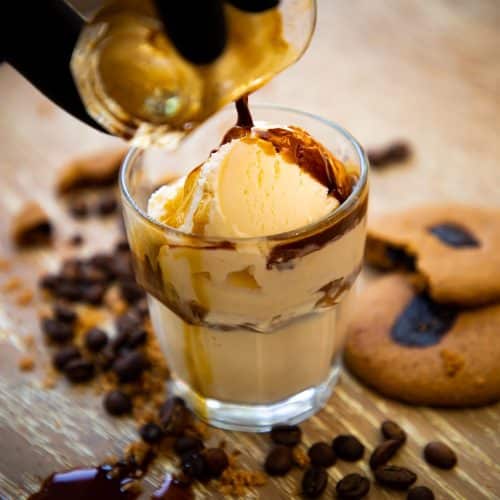
Coffee Ice Cream Recipe: The Perfect Way To Start Your Day
Equipment
- 2 Bowls
Ingredients
- milk
- cream
- sugar
- Egg Yolks
- coffee
Instructions
- To get started, you’ll need to make a coffee custard.
- This is quickly done by whisking together milk, cream, sugar, egg yolks, and coffee.
- Then, cook the mixture over low heat until it thickens.
- Once the custard has thickened, could you remove it from the heat and let it cool?
- Then, refrigerate the custard for at least 2 hours or overnight.
- When churning the ice cream, add the chilled custard to your ice cream maker and follow the manufacturer’s instructions.
- Once it’s churned, you can enjoy your delicious homemade coffee ice cream immediately or store it in the freezer for later.
